Ganesha Chaturthi: The Symbolism of the Form of Ganapati
All Indian festivals are pregnant with deep inner significance. The means and modes of celebrating them have been passed on from generations to generations. On the occasion of Ganesha Chaturthi, let’s pause and reflect upon the deep inner meaning of form of this ‘Elephant-headed remover of all obstacles’
- What is the meaning of the name Ganapati?
- What are these Ganas?
- Where are the Ganas?
- What is their form?
GANAPATI = ‘Ga’ + ‘Na’ +’ Pati’
‘Ga’ stands for Buddhi (intellect)
‘Na’ stands for Vijnana (the higher knowledge or wisdom)
‘Pati’ stands for Swami (Master, Lord or Ruler)
Hence Ganapati stands for the Master/Lord of intellect and higher knowledge that dwells within every human being.
The five ‘Jnana Indriyas (organs of perception) and five ‘Karma Indriyas’ (organs of action) are the Ganas. The Manas (mind) is the master over these ten senses, which transcends the Manas (mind) and has the ability of discrimination called Buddhi (intellect). The ten senses, the mind and the intellect together add up to 12; these 12 entities are called Ganas.
There is no need to seek for Ganapati in the outside world. Ganapathi dwells in every human being in the form of intellect and wisdom. Look within, contemplate and do impartial introspection, Ganapati shall reveal all
The motive of this article is to understand the inner meaning of the form of Lord Ganapati. It is not just about praying daily, it is about implementing all the below given qualities to grow as a human. I will endeavour to keep this article short and to the point, as much in bullet points as possible, as follows:
- The Big Head Of Lord Ganesha
- Jnana (Wisdom) and Karma (Effortlessness)
- Symbolizes immense knowledge and wisdom that comes out of manana (contemplation), independent thinking and reflection
- Inspires to think big, positive, store big, dream big and learn more. Inspiration to turn big and think profitability.
- It is necessary for humans to get past their small thinking in order to progress in life. Think Big, Good and positive
- The Small/Narrow Eyes
- People often ignore the details and lack concentration to excel in their work. His tiny eyes speak about having deep concentration and attention towards the minute details of life and/or task in hand.
- Stay Focused, do not distract here and there, work precisely & minutely and keep sharp eyes to judge the problems beforehand.
- Big Ears and Small Mouth
- Big ears:
- Big ears symbolize the discipline to listen more
- Listen patiently to new ideas and suggestions
- Hear good and do not lend your ears to any form of gossip
- Small mouth:
- Speak Less. The people who speak more lose their charm and impact.
- Always speak softly and lovingly
- “Satyam Bruyat, Priyam Bruyat, Na Bruyat Satyam Apriyam Priyam Ca Nanrutam Bruyat Esha Dharmah Sanatanah”
Meaning: “Speak truth in such a way that it should be pleasing to others. Never speak truth, which is unpleasant to others. Never speak untruth, which might be pleasant. This is the path of, Sanatana (eternal) Dharma (Morality)
- Long Nose/Trunk (Vakratundam)
- Signifies adaptability and high efficiency to be successful in one’s ventures.
- The curvature of the trunk is also said to represent the rise of Kundalini Shakti (Dormant energy)
- Smell and recognize early; have a better understanding of the situation.
- Search new opportunities, to recognize them and to get success.
- Ability to pick a huge tree as well as the tiniest of the needles with the trunk, applying, it can perform both gross and subtle actions. Need to develop intellect and powers of discrimination in both material and spiritual world
- Broken Tusk (Ekadantam)
- Spirit of sacrifice
- Single tusk represents that one must retain all the good and give up on all the bad
- The wise person has both immense strength and fine discriminatory power.
- Big Stomach/Belly
- Grow the acceptance level and digest all that life has to offer. Move forward with whatever one gets to has
- If you fail, do not get disheartened and if you accomplish, do not take success to head. Keep your plans with you
- Four Hands
- Right Hand holds Ankusha (axe): The axe represents the annihilation of desires with the axe of spirituality.
- Left hand holds Paasha (noose): The Paasha (noose) is spiritual knowledge which helps to remove oneself from the samsara, material world that one is entrenched in.
- Right lower hand is in Abhaya (Blessings) mudra (posture): Have faith in self, “Why fear when I am here”
- Left Lower hand holds Laddoo (Sweets) or Kamal (Lotus) flower:
- Laddoo (sweets): The happiness and joy the seeker derives from the spiritual pursuit
- Kamal (Lotus) flower: The Lotus stands for the Divine state of Self-realisation that every human being aspires for consciously or unconsciously. The lotus sustains itself in dirty ponds but yet is above it all. Similarly, a person of perfection can live in the world, enjoy life and yet be above it all by identifying with the Higher Self
- Seating Posture
The Lord’s posture with one foot on the ground and the other folded up signifies that while living in the world there must also be a constant alignment with Atman (soul) in and through all our experiences. In the relative, whatever we do, there must be an unwavering focus on our higher spiritual goal. Without this focus, it is impossible to make spiritual progress. One foot on the ground signifies to Live in the world like anyone else and another One foot resting on his knee above the ground signifies Concentrate and focus on the Godhead within
- Small legs:
- make firm, balanced and steady progress towards goal
- Mooshak (Mouse) as vehicle:
- Mouse always runs towards smell. Smell symbolises vaasnas (intense desires). One must control intense senses and desires.
- The Food at the Feet of Lord Ganapati
The food symbolizes the material wealth and power. Through this, the Lord subtly indicates that the world rewards those who live a life of morality and values.
- Ten Days of Sadhana (Spiritual practice)
There is an inner meaning in worshipping Ganapati for ten days. There are ten Indriyas (sense organs), viz., 5 Karma Indriyas (senses of Action) and 5 Jnana Indriyas (senses of Perception). The idea is that each day should be dedicated to acquiring control over one of the Indriyas (sense organs). Then only we can achieve the control of these ten senses in these ten days.
Shubham

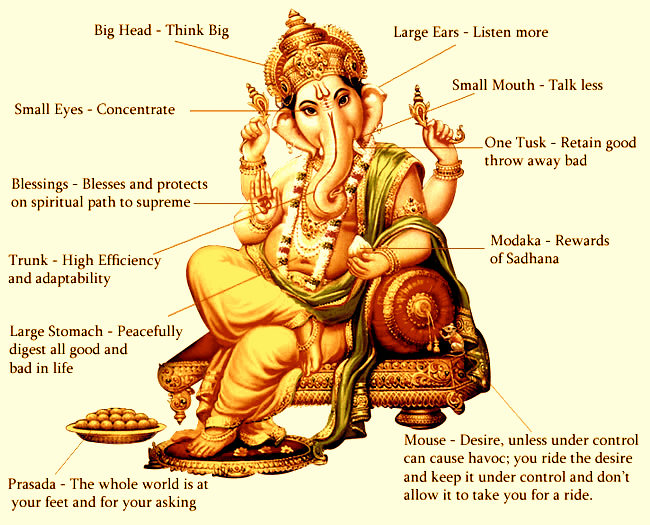
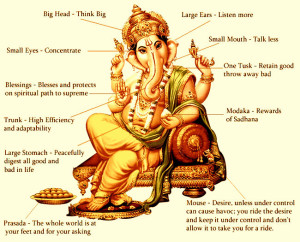
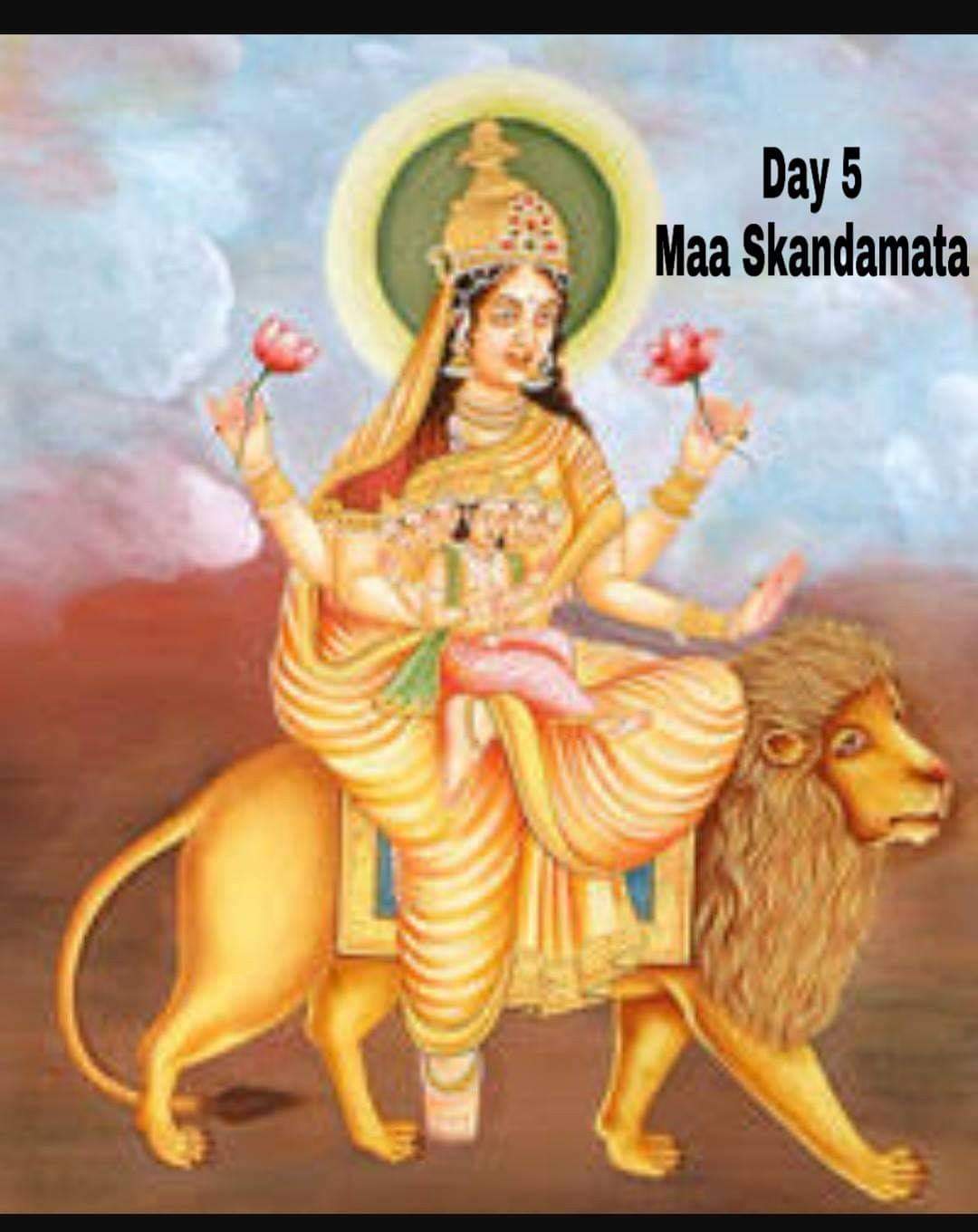
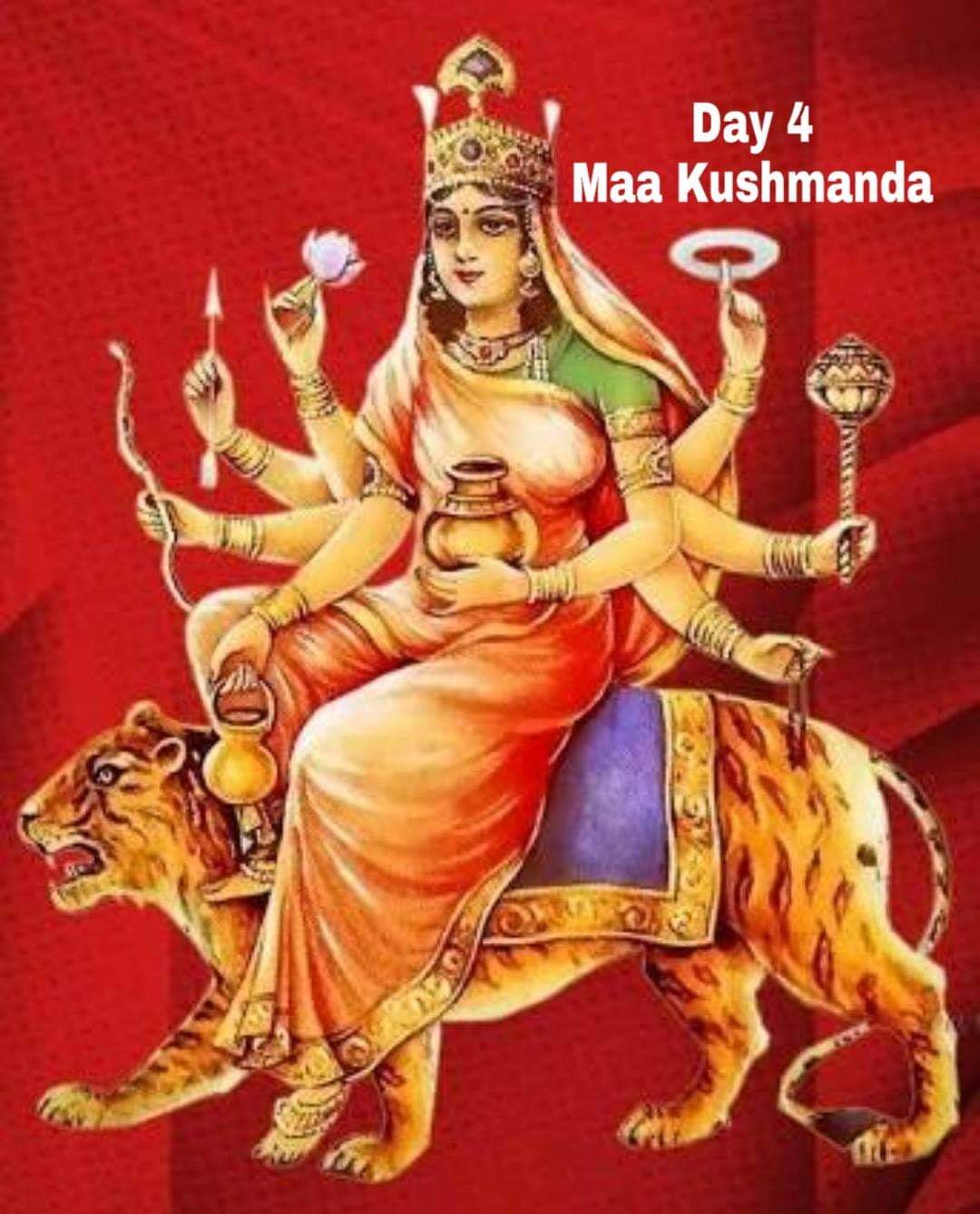
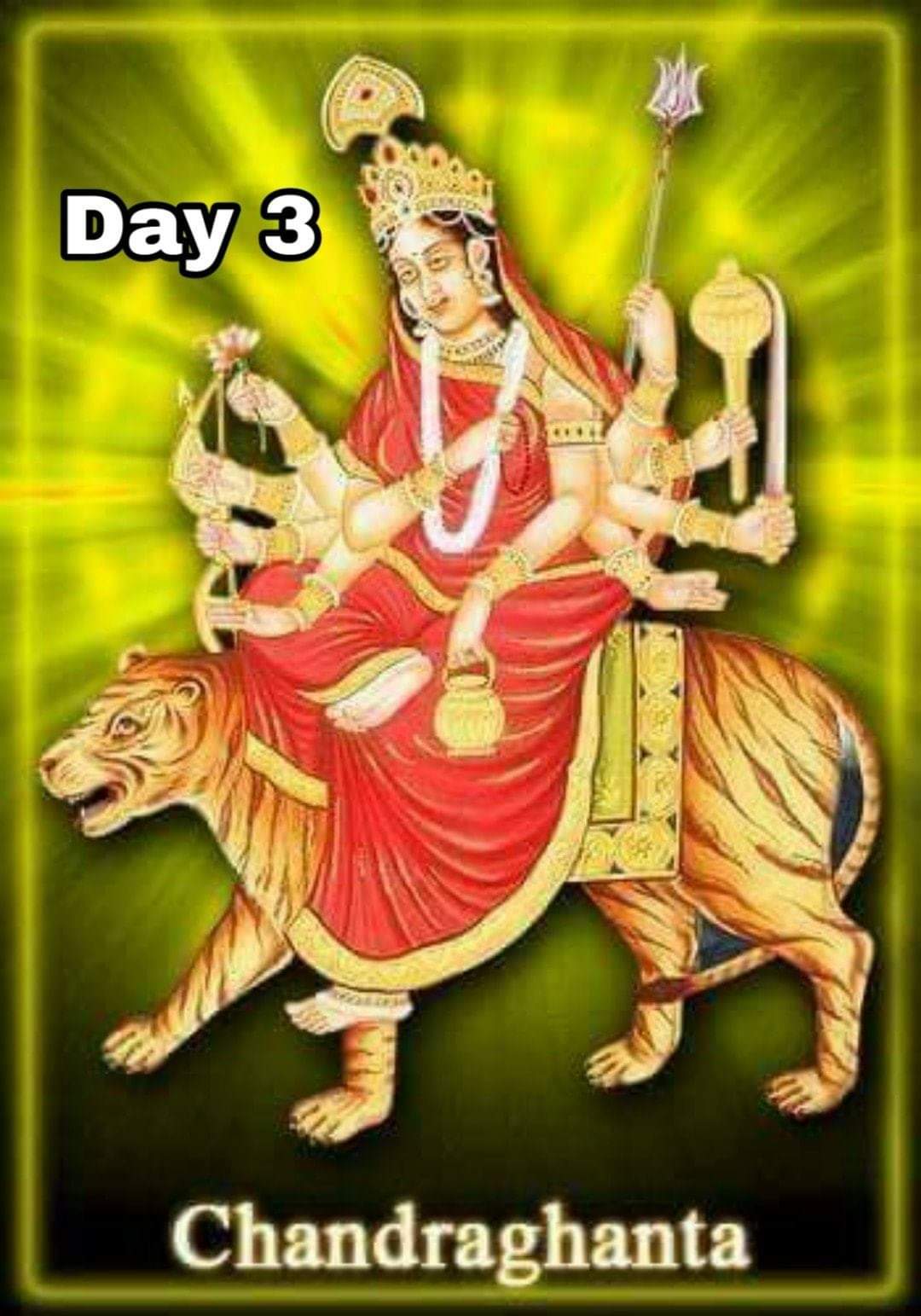
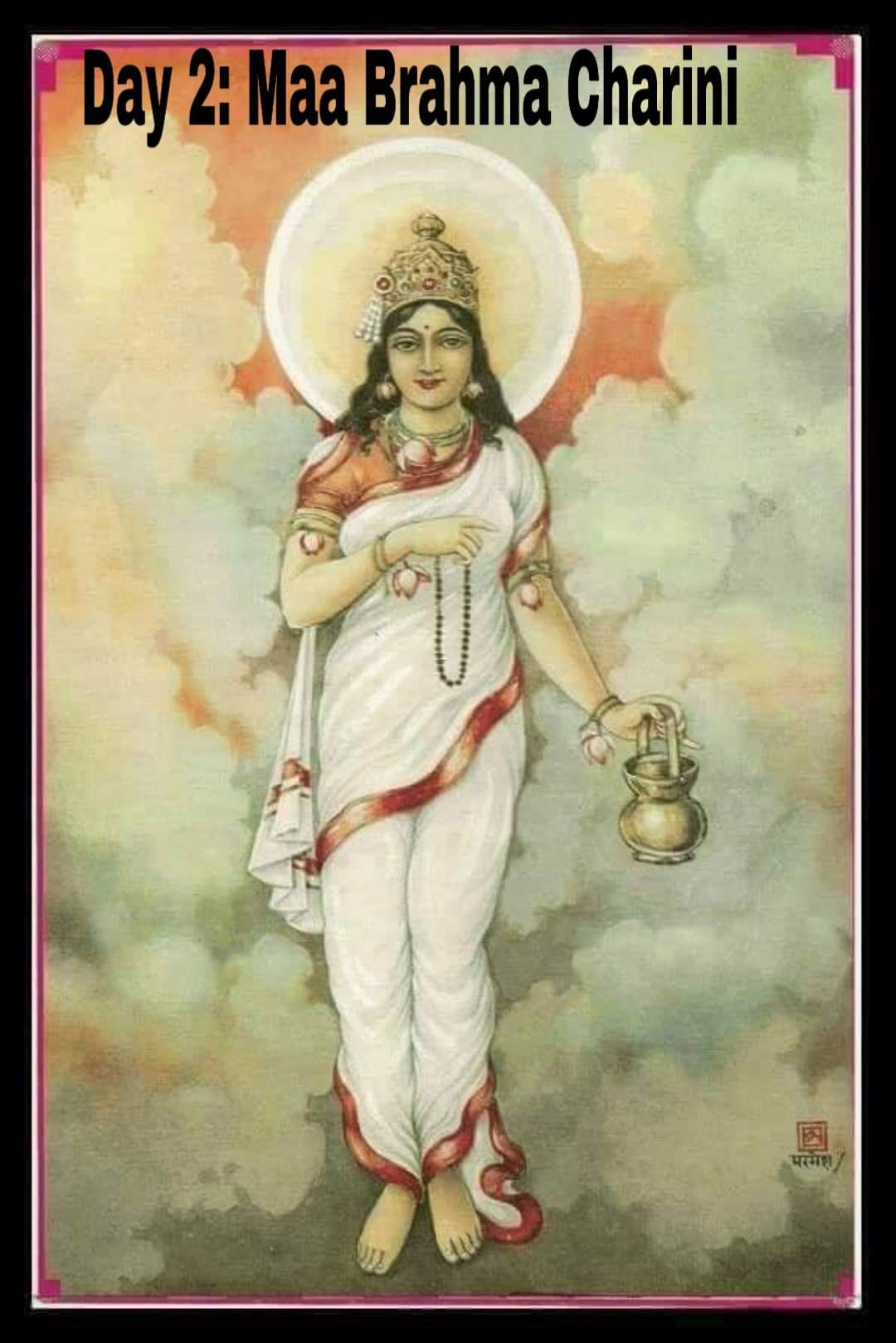
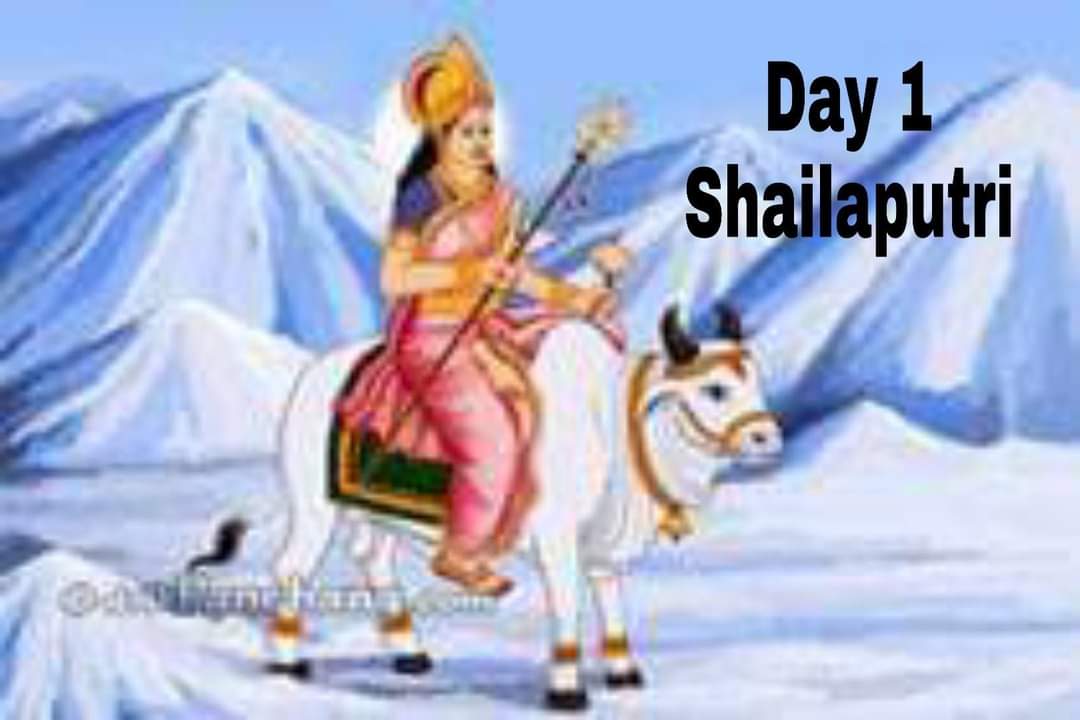







Leave A Comment